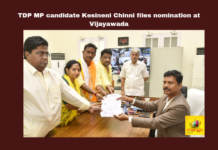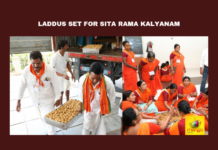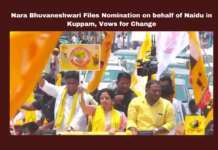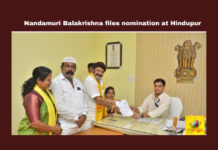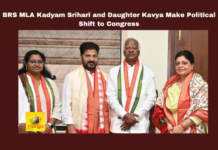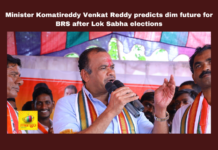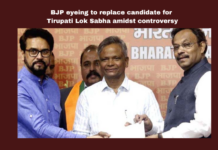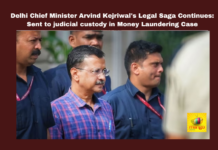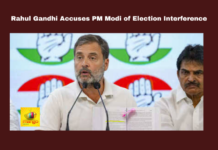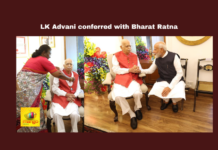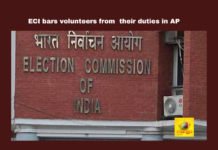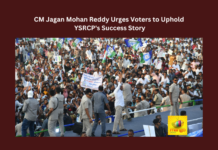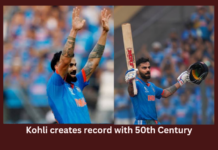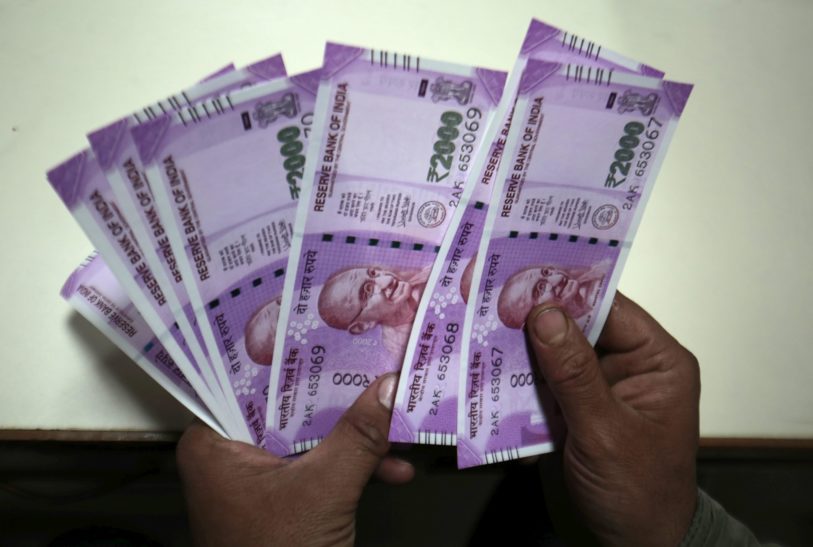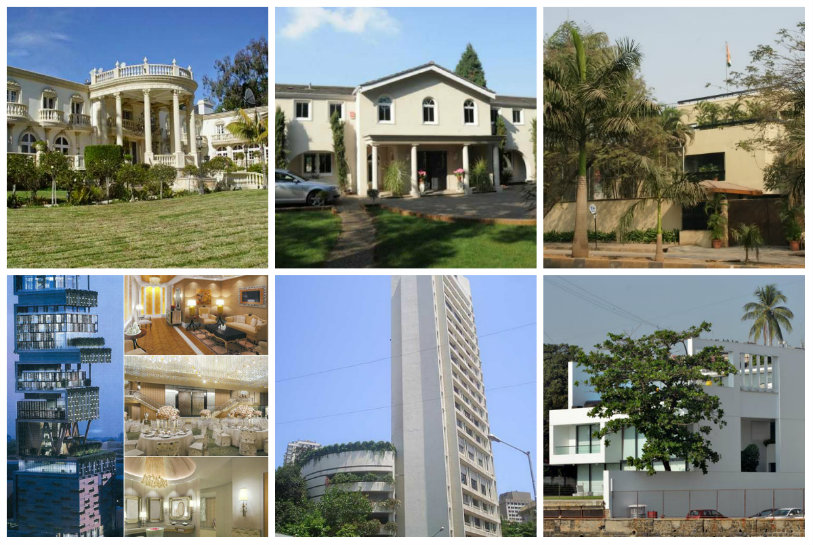It has been a month since Demonetisation, and the government officials have come up with a new technique to put an end to counterfeit currency. The biggest menace that our country faces today is counterfeit currency. And to fight this our government on Friday informed the Parliament that a decision has been taken to print Polymer bank notes also called plastic currency. It has also been informed that procurement of raw material for printing the plastic currency has started.
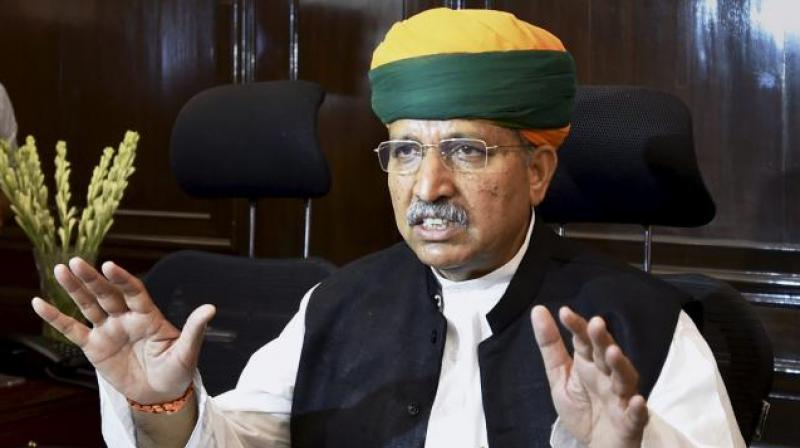

In a written reply a to a query whether Reserve Bank of India, proposes to print plastic currency notes in place of paper ones the Minister of State for Finance Arjun Ram Meghwal said, “It has been decided to print banknotes based on plastic or polymer substrate. The process of procurement has been initiated.” He also added to the written reply, “the Reserve Bank for long has been planning to launch plastic currency after first conducting field trials.”
Plastic notes are in a way economical than paper notes. They have a lifespan of five years and take minimal maintenance. Also, these do not accumulate dust, marks and are water resistant making it easier to maintain. Australia first introduced the plastic notes in 1988, followed by Brunei, Canada, New Zealand, Papua New Guinea, Romania, Singapore, Kuwait and Vietnam. The latest to join this plastic note trend are India, United Kingdom, Cape Verde, Chile, The Gambia, Nicaragua, Trinidad and Tobago, Republic of Maldives and Nepal.
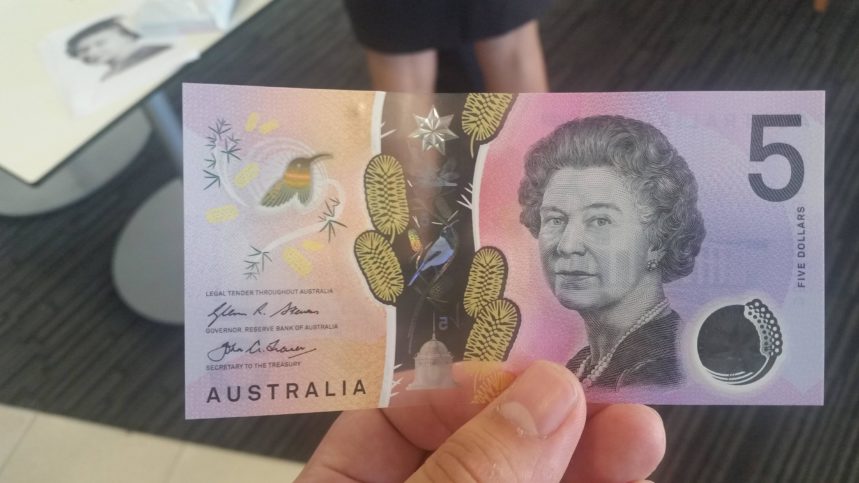



In February 2014, the government first came up with the thought of plastic currency. They informed Parliament that for a field trial, one billion plastic notes, of Rs. 10 denomination would be introduced. Five cities were selected for their geographical and climatic diversity which were Kochi, Mysore, Jaipur, Shimla, and Bhubaneswar. Answering the counterfeiting problem of plastic notes he said that due to the material used and the security features imbibed into this Polymer currency will make it impossible for re-creation.
He also said that measures have been taken to strengthen quality procedure and online inspection system in the manufacturing process and special training has been given to the persons concerned to avoid such types of mistakes in the future. These security features are not easy to detect and hence replicating polymer currency is an impossible task.

